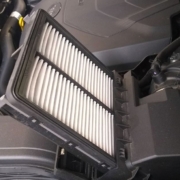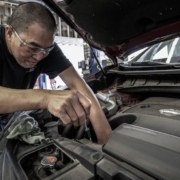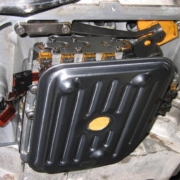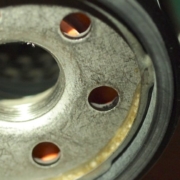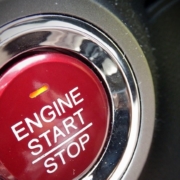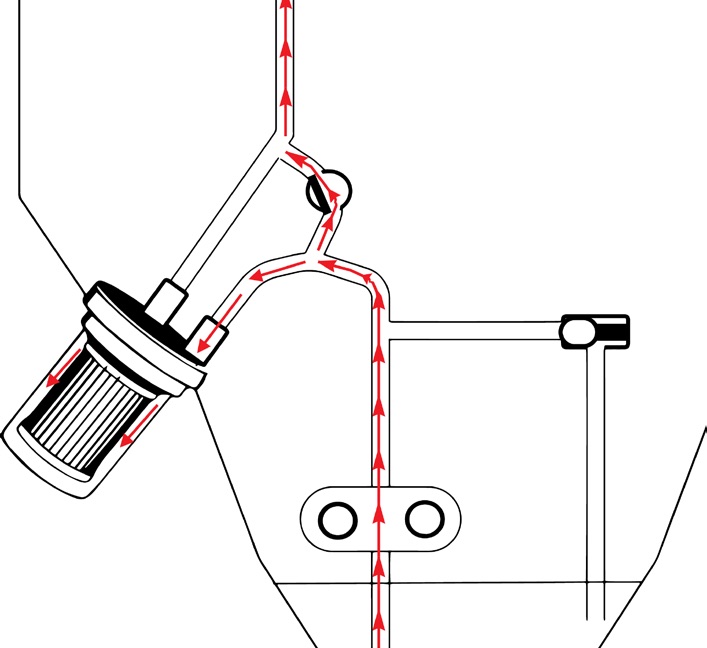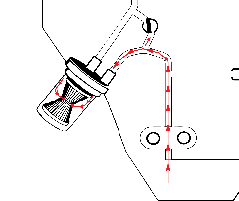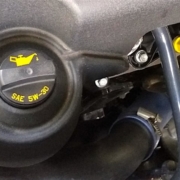NAPA Know How: What Is an Engine Air Filter Made of?
[ad_1]
Engine air filters come in lots of different shapes and sizes, but they all do one job: They keep the inside of your engine free from harmful debris. Over the years, the design of engine air filters has changed, from their size to their material, so no one filter works best for all makes and models. Here’s a rundown of an engine air filter’s components.
A Little History
The first cars didn’t have engine air filters — automotive pioneers quickly figured out that debris was getting inside the engines, hurting performance and shortening engine life. Early on, the first solution was a water bath that trapped particles, which led to a second attempt: an oil bath, thicker and stickier, to trap still more impurities. Lastly, their third solution included air filters made of paper or fiber — a variation of which we’ve continued to use for more than half a century.
From Round to Flat
If you look under the hood of older cars with carburetors, you’ll find the engine air filter inside a round container that looks like a holiday cookie tin. The idea was to surround the carburetor with a filter.
As we’ve moved on from carburetors to fuel injection, a large, round air filter would take up important space needed for hoses and wires, including the engine itself. If you have a fuel-injected vehicle, your air filter is probably flat, rectangular and not visible when you first open the hood. Although, there are some nice aftermarket air filters that still get the job done and look good doing it, too.
Common Air Filter Materials
The earliest, simplest engine air filters were made of paper, and some still are, but you can also get filters made of premium cotton, synthetic foam and cotton soaked in oils that trap even more contaminants. Paper filters are produced with different features: Some are treated, others are pleated or embossed, which their manufacturers claim makes them more efficient at trapping impurities before they reach the engine. Other filters use a metal mesh to help with that.
Filter frames also come in a variety of material types. They’re usually made with either plastic or rubber, which are both designed for an airtight fit, eliminating the need for separate gaskets or seals.
Whatever material you choose, the main thing to remember is that you need to change your engine air filter regularly. Just pull the old frame out, put the new one in and you’re good to go for another 10,000 to 15,000 miles. Because they’re so easy to replace, engine air filters are a great maintenance item for a beginner DIYer. Once you add it to your routine maintenance list, your car will run better for longer.
Check out all the engine air filters available on NAPA Online or trust one of our 17,000 NAPA AutoCare locations for routine maintenance and repairs. For more information on air filters, chat with a knowledgeable expert at your local NAPA AUTO PARTS store.

